
Бесплатный фрагмент - Tibetan singing bowls: a natural method of recovery
Serie: Magic Bowl
I dedicate the merit accumulated through development of this seminar and exchanging of my experience and knowledge to liberation of those who practice this useful method of healing by sound and their patients from suffering.

About the book
Everything connected with Tibetan singing bowls, with Tibet and all Asia now embraced in an aura of mystics and all sorts of myths, among which there are pure fairytales, however there are real-world phenomenon. Some of them can be explained today, from a scientific point of view, and some exist, but there are no explanations. Some practices, in favor of commercial interest, are delivered as mystical revelation of the ancient and secret knowledge, and some practices a strictly kept in silence because of their secrecy. This secrecy is based on the fact that the Tibetan singing bowls are very powerful and helpful in the capable hands of the Master. However unskilled, inexperienced or incompetent hands could easily harm the patient and the therapist.
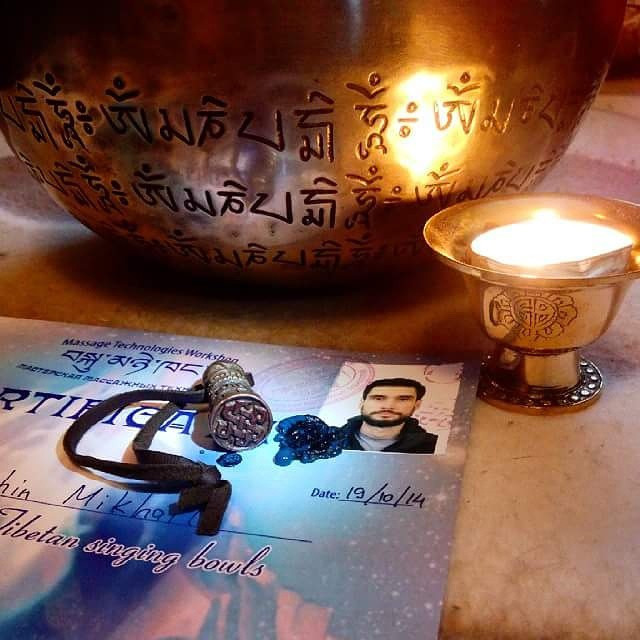
To get informed answers and comments on many issues related to Tibetan singing bowls, their appearance on Earth, especially their use and production – you can by reading this book, which author is a recognized expert and master in this sphere.
Viktor Ogui – Master of the Sound and the singing bowls, a student of Lama Pema Rangdrol, a doctor of Tibetan medicine Nida Changtsang, the organizer of expeditions to Tibet, Ladakh, Himalayas, Khakassia, Japan. Masseur, Healer, Master of traditional Reiki, the Teacher of the Festival “The Call of the 13 shamans” in Tuva, an honorary member of the Russian league of masseurs, the member of the Associations: Russian Association of Sport Medicine and Rehabilitation of sick and disabled people, Russian Association of traditional medicine, the author of textbooks about the Massage.
From the author
My book “Tibetan singing bowls: a method of natural healing” opens the series “the Magic Cup”, which will include books and training materials about different practices with Tibetan singing bowls. In addition, I plan to publish materials which have been collected during expeditions and journeys for the last 5 years.
I appreciate FREE distribution of the books only if they won’t be changed! You can give it as a present, put it on your site or forum, on social networks and on any other open sources, provided that the book is put “like it was in the beginning”, that means: the text, the structure, design, layout, etc. should be kept the same!!!
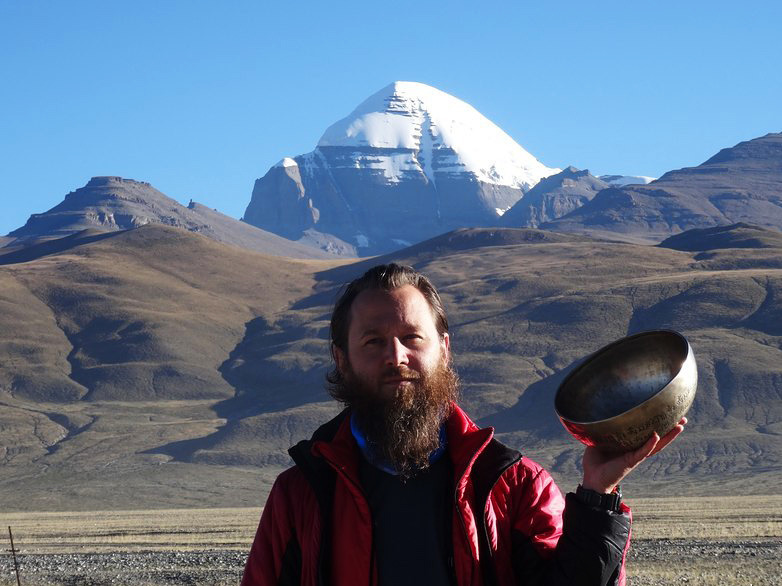
India-Tibet-Ladakh-Annapurna-Tuva-Khakassia-Tibet-Siberia-Altai-Rostov-on-Don-Nizhny Novgorod-Aylas
About the author
Master of the Sound and Tibetan singing bowls, a personal student of Lama Pema Rangdrol, a doctor of Tibetan medicine Nida Changtsang, organiser and researcher of practical expeditions to Tibet (Kailash-Mansarovar-Guge), Ladakh (Small Tibet), the Himalayas (Nepal: Annapurna, Cave of Milarepa), Japan, the place of the power of Khakassia (natural complex “Sunducki”, “Trail of the Anciens”, Lake Bele and Tus, Caves: Kushkulakskaya, Pandora), Master of the Massage, Healer, Master of Traditional Reiki, Master and Teacher at the International Festival “The Call of the 13 shamans” in Tuva, an honorary member of the Russian league of masseurs, member of the Associations: “Russian Association of Sport medicine and Rehabilitation of sick and disabled people”(RASMIRBI), National Society of the Aesthetic Medicine, Russian Professional Medical Association of Specialists of traditional and natural medicine (Ranma), author of numerous books and textbooks about the massage – Tcering Ngodrub / Doktor: Viktor Ogui.
Contacts:
Skype: DoktorNN
+7 92029 46677
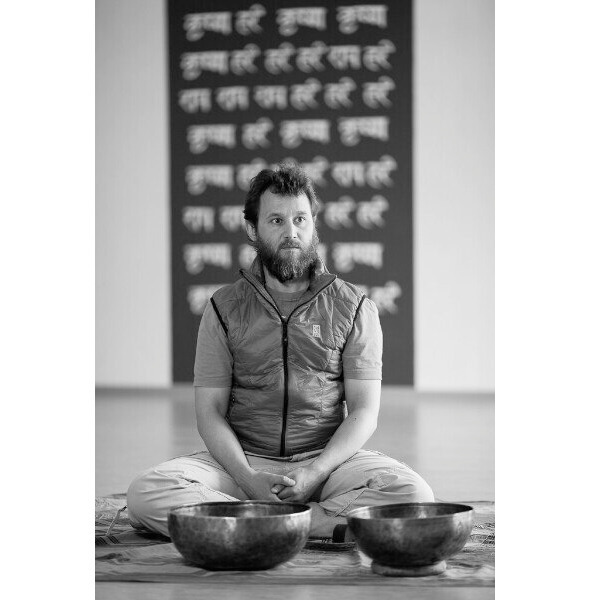
My mission in life
Sincerely and fully convey give the experience and knowledge that I possess, making people who are close to me happier.
My professional mission
Make the knowledge of massage techniques available, and skills – safe, qualitative and efficient to use. And while the massage treatments – to follow the principles of compassion, efficiency and safety for the patient!
My life motto:
“I’m responsible for what I said; I am not responsible for what you have understood. " (Namkhai Norbu)
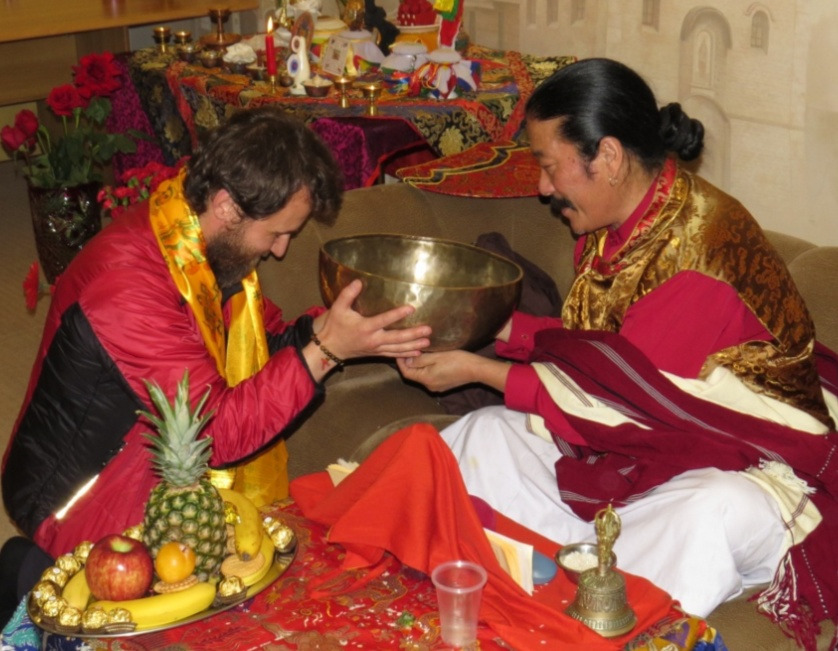
Warnings
The contents of this publication is intended for general information and can not replace the practical consultation of the expert. The publication should not be used as a textbook for medicine or for the diagnosis or treatment of any diseases and their complications. In the case of emergence of those, immediate consultation with a doctor is recommended. Publisher and authors are not responsible for the damage caused to health as a result of actions such as treatment, self-treatment or refusing of the treatment taken on the basis of the information contained in this publication.
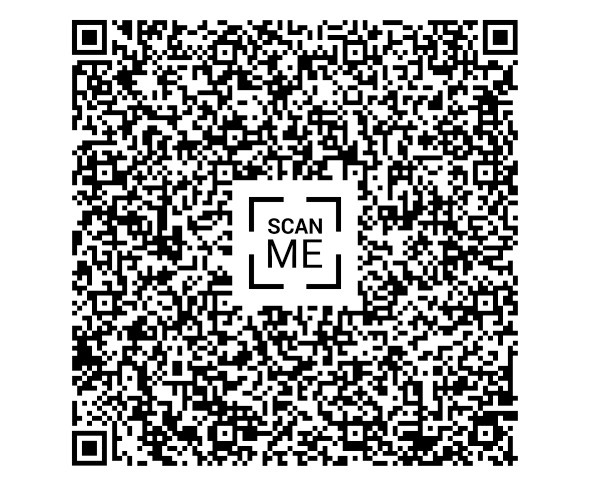
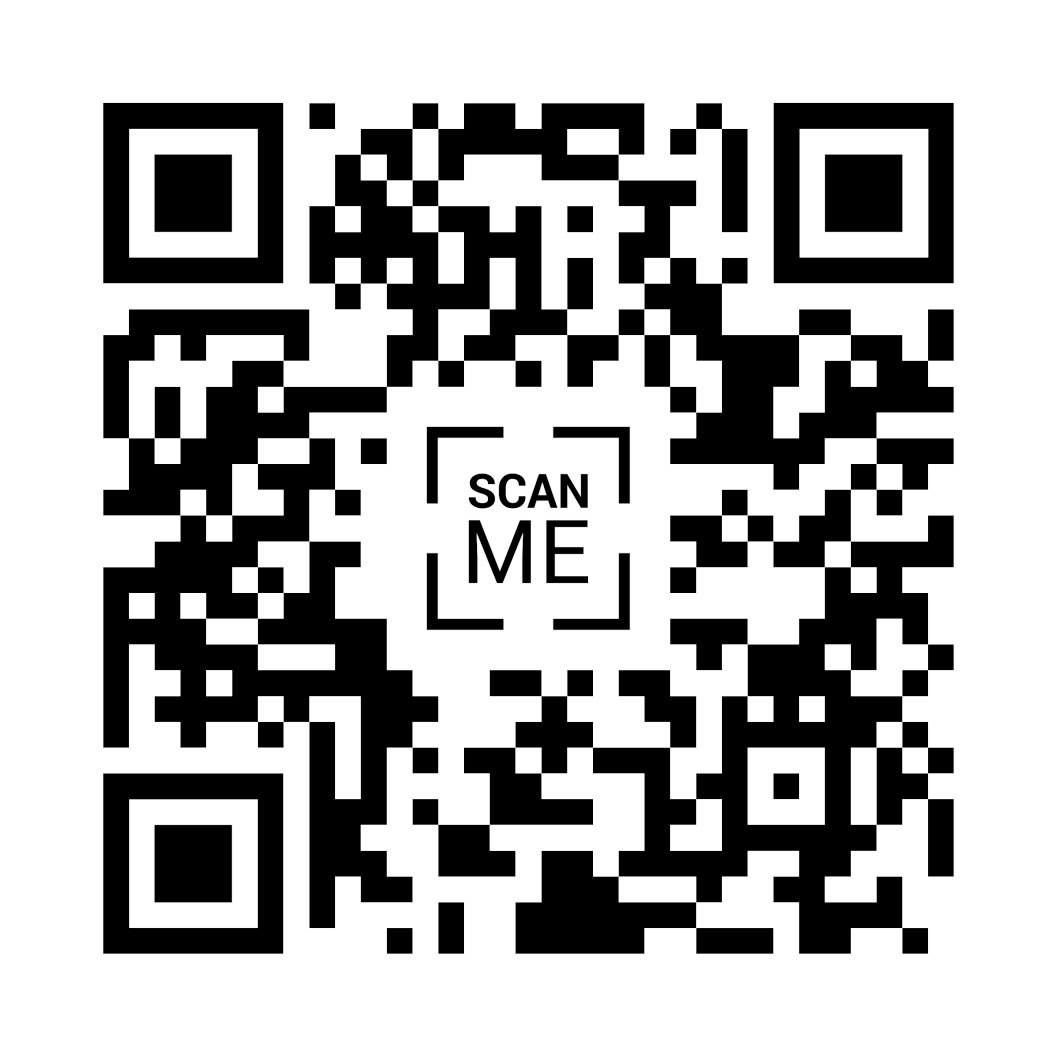
Introduction
Tibetan singing bowls (TSB) have been used in one or another form in human activities since ancient times.
Tibetan singing bowls massage allegedly appeared about 3,900 years ago in the ancient state of Shang Shung (modern China) and continuously have been developing over the centuries along with Tibetan medicine.
Traditional Tibetan singing bowls massage is a procedure of the massage performed by contact or non-contact method of using Tibetan singing bowls.
Tibetan singing bowls have certain physical properties that allow bowls to work on the physical body, the CNS and PNS, tissues and organs, organ systems. In addition, Tibetan singing bowls have certain properties that exist but haven’t been recorded by modern scientific measuring devices yet. That means that they have certain esoteric features.
In the tradition of Tcering Ngodrub, two basic techniques of Tibetan singing bowls massage are used: a technique of “Contact sound” and methods of “sound bath”, as well as individual, group or couple practices that use Tibetan singing bowls. In addition, there are practices of Tibetan singing bowls with animals. Methodology “Contact sound” is characterized by the fact that Tibetan singing bowls have a contact with the human body. A method of “sound bath” is when singing bowls are not in contact with the human body, although they are located very close. The meditative practices with Tibetan singing bowls show thar elements of these two methods can be combined – for example, in the couple practices of the harmonization of interaction of man and woman or Bonpo or shamanic practices of journey into altered states of consciousness (ASC).
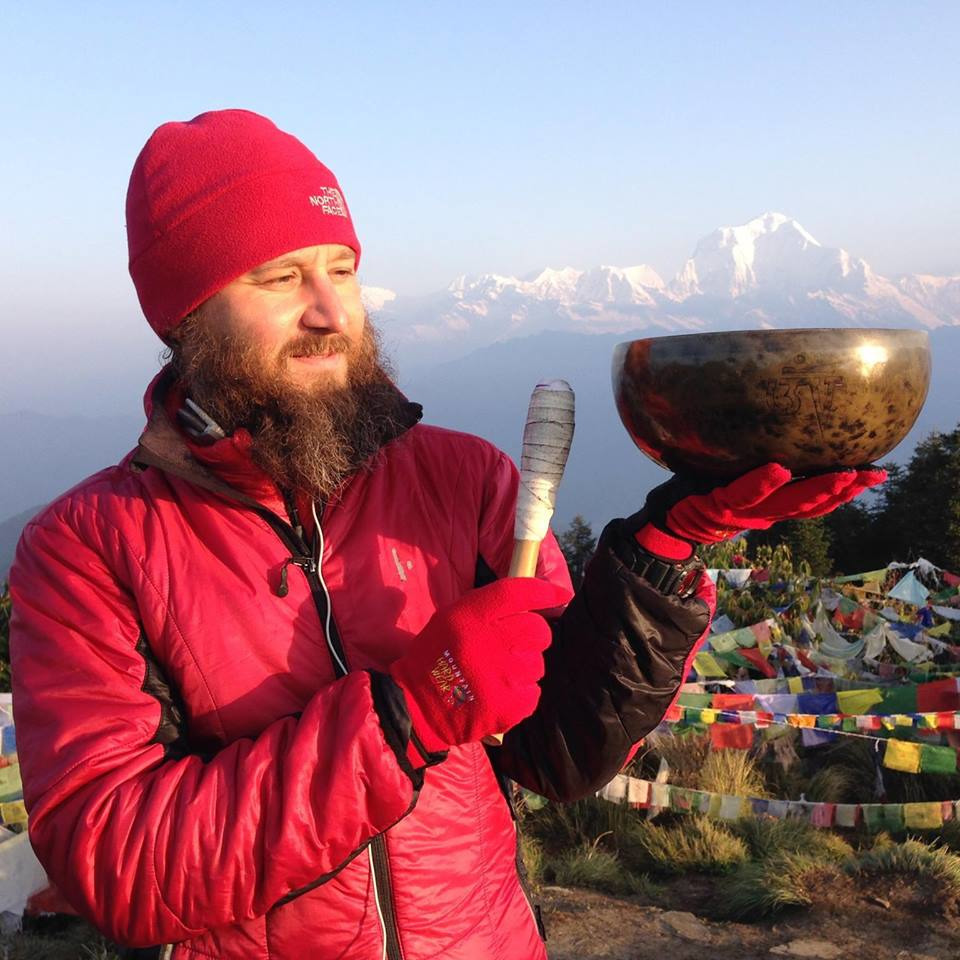
What gives Tibetan singing bowls sound massage
1. The meditative state, a state of trance;
2. Deep relaxation, accompanied by the release of endorphins in the blood;
3. The synchronization of the left and right hemispheres;
4. Formation of the state of relaxation, inner peace and well-being;
5. Improves the functional state of the body;
6. Increased the level of stress resistance;
7. Accelerating recovery;
8. Increases the ability to learn;
9. The balance of the human energy field;
10. Promotes deeper and more restful sleep, relieves headache, fatigue, insomnia, disorders of the gastrointestinal tract, complex or muscle pain, menstrual disorders, emotional imbalances;
11. Starts rehabilitation mechanisms (self-healing) of the human body;
12. Promotes immunity;
13. The beneficial effect on the liquid medium and the connective tissue of the body (lymph, blood);
On a psychological level – by opening the sensual sphere and unlocking the body, there is release from the repressed unconscious feelings (as a result of a trauma);
14. In the course of the practice, massage allows specialist to develop;
15. Has a beneficial harmonizing and preventive effect on the patient, and the specialist;
16. No aspect of personal energy using in the practice of Tibetan singing bowls sound massage – there is only sound and vibration;
17. Sound therapy with singing Tibetan bowls is an effective method of correction of psycho-emotional sphere;
18. It normalizes the general psychophysical condition;
19. In some cases, it can remove the pain;
20. Sound Massage makes a person “very open” to all the contacts and interventions by the therapist.
Procedure of Tibetan singing bowls’ massage (full version)
How the procedure is going
The procedure is performed on the floor on a comfortable mat, in a warm and well ventilated area. If possible, in the twilight or in soft light. While using the technique of “sound bath” and meditative practices, good soundproofing of the room from outside noise is recommended. In the case of technique “Contact sound” there is no need to have perfect sound insulation.
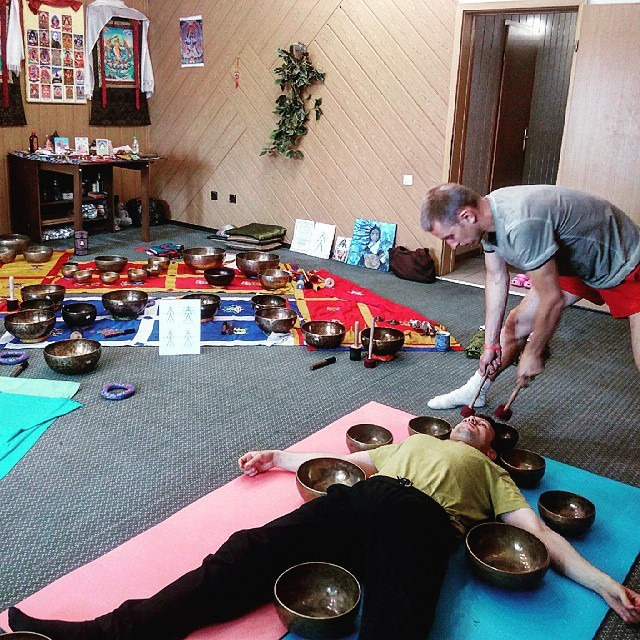
While the procedure patient is wearing cotton loose clothes, or he is naked and covered with a cotton sheet. Patients are advised to abstain (for one day before the procedure and for one day after it) on products of animal origin, smoking and alcohol. After the procedure of the Tibetan singing bowls massage it is extremely useful to spend the rest of the day in a relaxed atmosphere, eliminating the possibility of stress.
In the course of the procedure and the preparation for it is recommended to use the procedure of “Fumigation” (LUNG DOUG / RLUNG DUG) from the section “External procedures” of traditional Tibetan medicine. In addition, it is necessary to have a burning candle. Close to the patient it is advised to put the things symbolizing or representing the five elements.
At the beginning the person receiving a procedure and the Master of the Sound sit on the floor facing in the direction to that side of the light, which is conformable for the purpose of the procedure. If the aim is to harmonize, then choose the direction to the east. The patient is encouraged to imagine himself in the rainbow transparent sphere. The therapist is configured to the procedure and removes the first sounds of the Tibetan singing bowl according to the technology. Next, the therapist moves the singing bowl around the patient’s body, periodically removing the sound.
After that the therapist puts Tibetan singing bowl upside down on the patient’s head and removes the sound according to the method of the massage. At the end of this stage the patient is asked to lie down on his stomach in a comfortable position, and the ankle should be enclosed under the roller. The body of the patient is hiding with a light natural tissue, the head can be covered with a towel. Next, the therapist removes the vibration from Tibetan singing bowl and sets it on the body of a patient according to the scheme which is necessary in a particular case. He performs this manipulation on the back surface of the patient’s body, and then removes the bowl from the body and offers the patient to turn back.
After the patient is turned back on, the therapist covers his eyes with light tissue, and performs light traction (stretching) of the lower and upper extremities. And then removes the vibration of Tibetan singing bowl and sets the bowl on the body of the patient. Then he moves the bowl on the patient’s body, removing the bowl’s sound.
After finishing the proring, the therapist removes singing bowl from the human body.
If the patient is performed to the technique “Contact sound” and methods of “Sound Bath”, then after proring of the front surface of the body therapist puts the bowls around the patient lying on his back on the floor, according to the methodical recommendations of extracting from them the sound from the scheme, which is necessary in each case.
Recommendations for the procedure of Tibetan singing bowls’ massage
The sounds of Tibetan singing bowls extremely effectively influence on the release of tension in the body and organs. Such action creates a powerful effect of beauty, health and youth!
In general, Tibetan singing bowls’ massage can be considered as a unique health system that allows you to restore the energy balance of the subtle energies of the person acting on the first cause of disease or infirmity.
Duration of treatment 1.5 – 2 hours
The ideal time for the procedure – in the morning or in the evening.
Recommendations: for preventive and curative purposes, for recovery and relaxation it is normal to have a course of 2 – 3 procedures for general Tibetan singing bowls’ massage periodically 1 – 2 times a week. With the aim of improving the health 4 – 6 treatments periodically 2 – 3 times a week is recommended. With a therapeutic (curative) purpose the course is individually designed.
Tibetan singing bowls massage is perfectly combined with a traditional Tibetan massage Ku Nye. It is the most effective way to achieve a state of relaxation, while the therapist, performing a massage, applies a minimal effort. The work takes place at all levels of the human body, beginning with the physical and ending with the subtlest levels of consciousness.
Indications and contraindications to perform Tibetan singing bowls massage
Indications
1. Chronic Fatigue Syndrome
2. Diseases of the musculoskeletal system
3. Neuritis and neuralgia
4. Relax
5. Harmonization of the psycho-emotional state
6. Psychoprophylaxis
7. Prevention from the diseases
8. Depressions (with caution)
There have been good results in cases of TSB with gynecological problems, men’s and women’s reproductive disorders, violation of men’s potency.
Contraindications
All contraindications for physiotherapy!!!
About Tibetan singing bowls
Tibetan singing bowls – it is primarily a vibration, which is the sound in it’s turn. Sound is energy. The energy transforms form into matter, that is because “in the beginning was the word.” Myths about the creation of the world in all religions in one or another form describe the emergence of Sound (vibration) as a fundamental principle of all things.
Sound (vibration) exists everywhere and in everything: singing of birds, the rustle of the snow, the crackling logs, rattling of jackhammer. Even if we close our ears, we will hear the sound of the heart. Sound is a vibration. A vibration is characterized by a certain length of the wave.
Sound can not only be heard, but also can be seen. For example, a flat plate, on which something loose and light is spilled, a plate with sand. The dynamic of musical center is put under it. And you can see the intricate patterns that will emerge from the sand. Sound or word can kill, but also it may have creative power. For example, mantrotherapy in Tibetan medicine. The sound should be harmonious or it will be cacophony. We listen not only by ears, but by body – by every cell.
Rhythm, melody, harmony, timbre, tone, vibration, power and volume – all these are characteristics of the sound.
Myths and Realities of the Tibetan singing bowls
Legends about the appearance of Tibetan singing bowls
The Chinese believed that spirits lived in the products of bronze, for example, swords and vessels. (A. Heuser, Singing Bowls. Exercises for a personal harmony M., “Dilya”, 2005 p.46). Until now, there is no information about the exact purpose of such products. Maybe they were used as a vessel for food, sacrificial vessel, ritual or music.
Description of the symbolic construction of the orchestra in a Tibetan temple is represented in the book Rudy Jansen. (Singing Bowls. Practical guidance on the use / Tr. from English. – SPb.: Publisher “Dilya”, 2009, p. 18–19).
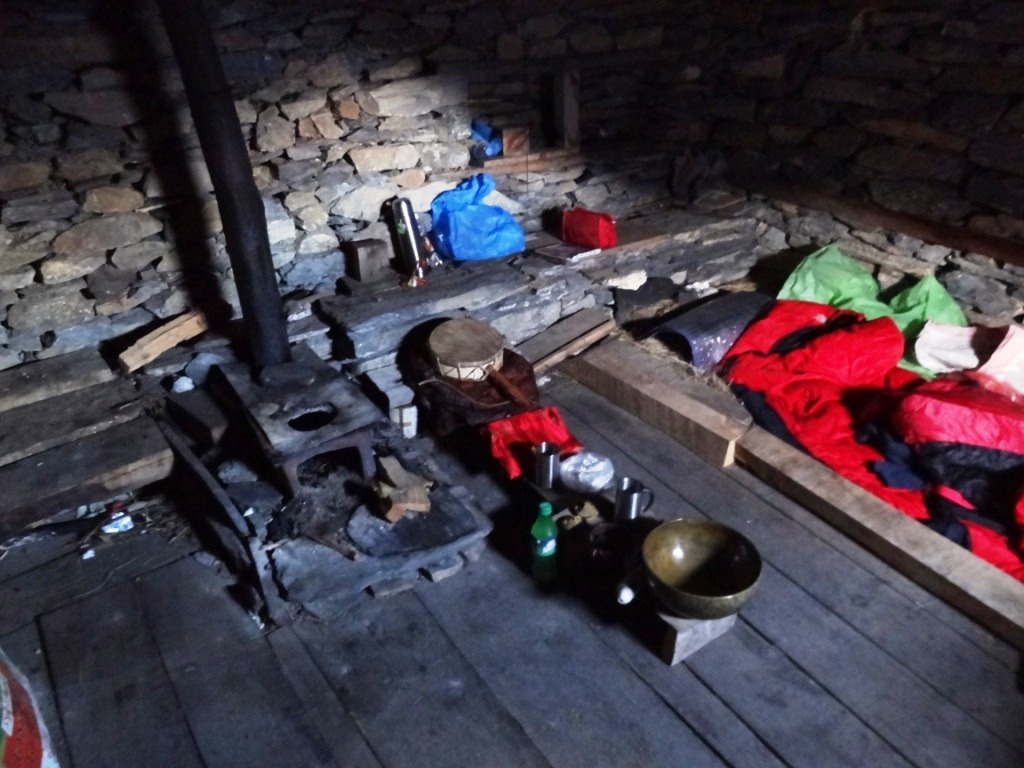
Legend of meteorites. According to this legend, Tibetan singing bowls existed and were used in the practice of the monks in Tibet, but their properties were missing something. And then the monks appealed to the supreme beings and gods to help them. In response to their request meteor rain was sent down to the Earth, which allowed to include meteoric iron in the standard alloy, from which the bowls were made. Since then, the bowls began to possess unique properties.
The legend about the wandering blacksmiths. The legend says that in Tibet lived blacksmiths who were creating Tibetan singing bowls directly on the request of one who asked them to make it. They could forge a bowl for every need – from economic to spiritual. These blacksmiths lived near the deposits, where all necessary for the alloy of a certain quality was. And they hammered the bowls directly on the stones of Tibet. And when the ore or the alloy were ending in this place, they went on to look for new deposits. They were not just the blacksmiths, but blacksmiths who were performing specific spiritual practices. In those days it was impossible to find a new mine ore required for the production of Tibetan singing bowls without such practices, and without communication with higher powers.
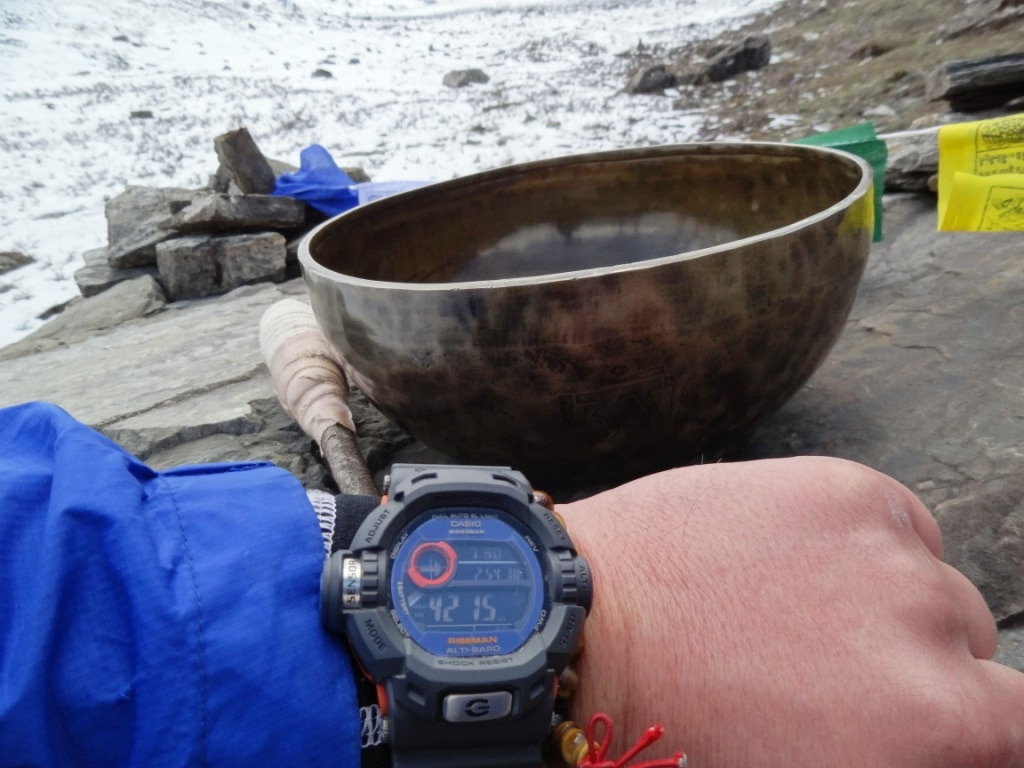
Tibetan singing bowls in the modern world
I can say with confidence that today Tibetan singing bowls are not only a musical instrument but a completely real thins that can affect on a human or an animal, and they have some scientifically determinable physical and mechanical properties.
Research, conducted by my students in physically oriented therapy and bioenergy, confirmed this. As an example, the personal experience in using Tibetan singing bowls in combination with classical therapeutic massage, I noted a huge reduction of the acute period of ischialgia and lumbodynia and increasing the duration of remission periods in my patients.
Nowadays, this clinical research has not been conducted because of the high price of it.
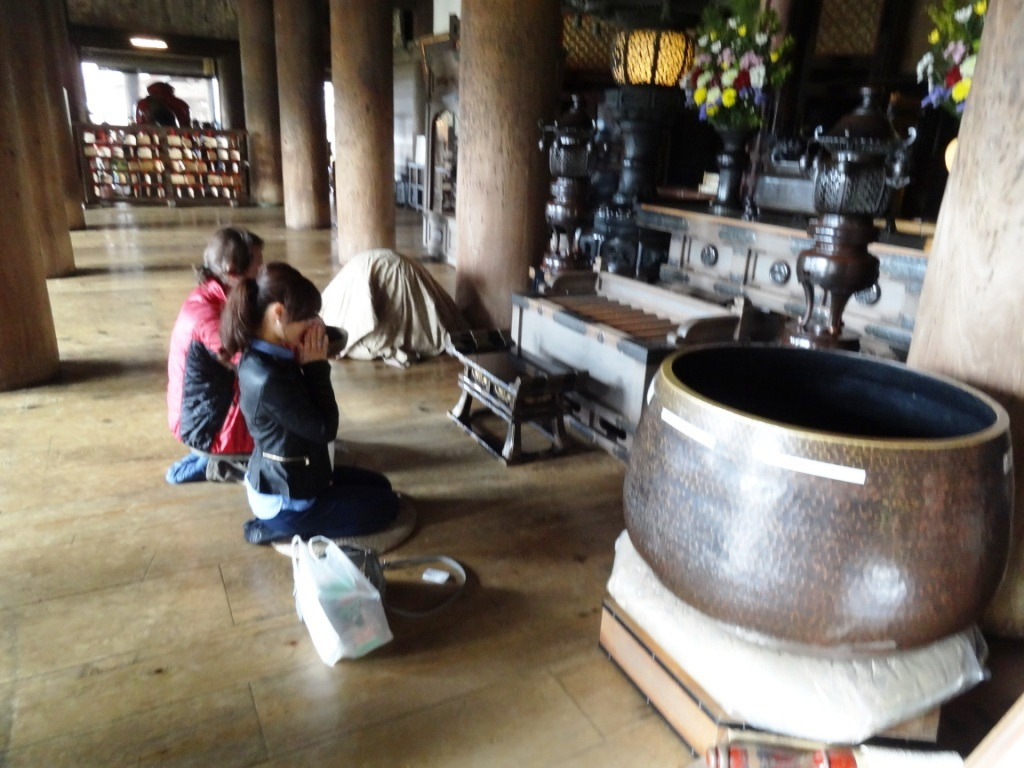
In 2014, we conducted a research expedition with the intention to find answers to many questions about the practice of Tibetan singing bowls in the Himalayas to Mount Annapurna 3 and to the cave of Milarepa, to the mystical Mount Kailash and in the sacred lakes Manasarovar and Rakshastal, in the ancient complex of caves Sunducki and Pandora and in the cave Koshkulakskaya in Khakassia and in the reserve “Pillars” in Krasnoyarsk.
In 2015, we plan the research expeditions to Bhutan, and to the forbidden kingdom of Mustang. It’s known that traditions of Tantric (Tibetan) Buddhism are still in safe in Bhutan and Ladakh. Unlike Tibet, these countries and regions avoided the influence of China. And as a consequence of such a Cultural Revolution, as a result of which in the Tibetan China a huge number of the cultural values and also the bearers of traditions had been destroyed.
Today it is very difficult to find a real bearer of the traditions of spiritual or healing practices with Tibetan singing bowls. This is because over the time they physically become less and less. In addition, only few can keep line tradition clean and pass it to next generations. And even more, integrating or bringing in these practices something of your own, that means to take to yourself the responsibility to carry it into the world! That is because of the probability of errors and lack of understanding or feeling is very big.
Furthermore, any research in this sphere, as expeditions with the purpose to find mediums of traditions cost a lot in terms of time and budget.
Ethnic residents of the regions of Tibet (Tibet Autonomous Region, China) and the Himalayas (in areas around Annapurna) respect the Tibetan singing bowls. They are very interested in practices with bowls, because other people haven’t got them. And if in the Himalayas (Nepal), the residents were interested in Tibetan singing bowls, they wanted bowls to help them give up “smoking”, the Tibet Autonomous Region of China the ethnic Tibetans showed rather spiritual and religious interest to the bowls. For objectivity in the expedition to Kailas in September 2014 Tibetan singing bowl which brought particular interest was with the image of Green Tara rapped on the outer perimeter of the mantra Om Mani Padme-Hum in Tibetan language.
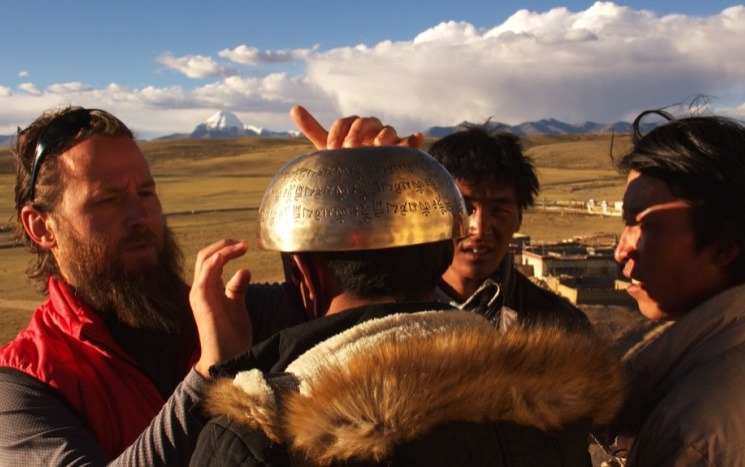
To show in summary the information above, it should be noted that:
1. Tibetan singing bowls have a certain influence on the human body and animals, this influence is shown in the harmonization of the psycho-emotional state of a person.
2. Tibetan singing bowls, using them in certain procedures, submitted by the tradition, allow to work on psychosomatic blocks in the body, causing a reaction. To be objective, it should be noted that control or manage of these processes are impossible for us nowadays.
3. Statement of some authors about scientific unprovability of Planetary tones of the Tibetan singing bowls seems to us erroneous. At the same time, we believe that the vibroacoustic impact of the Tibetan singing bowls on the human body is the phenomenon that can’t be denied!
4. Real examples of looses and studies of psychophysiological blocks as a result of an effect of Tibetan singing bowls by some of our patients certainly deserve even more studies.
5. Our studies of the impact of Tibetan singing bowls on the human body with the help of devices and programs of variative pulsometry show that the phenomenon of contact and contactless exposure of Tibetan singing bowls exists, and this phenomenon is scientifically confirmed.
Technology of manufacturing of Tibetan singing bowls
